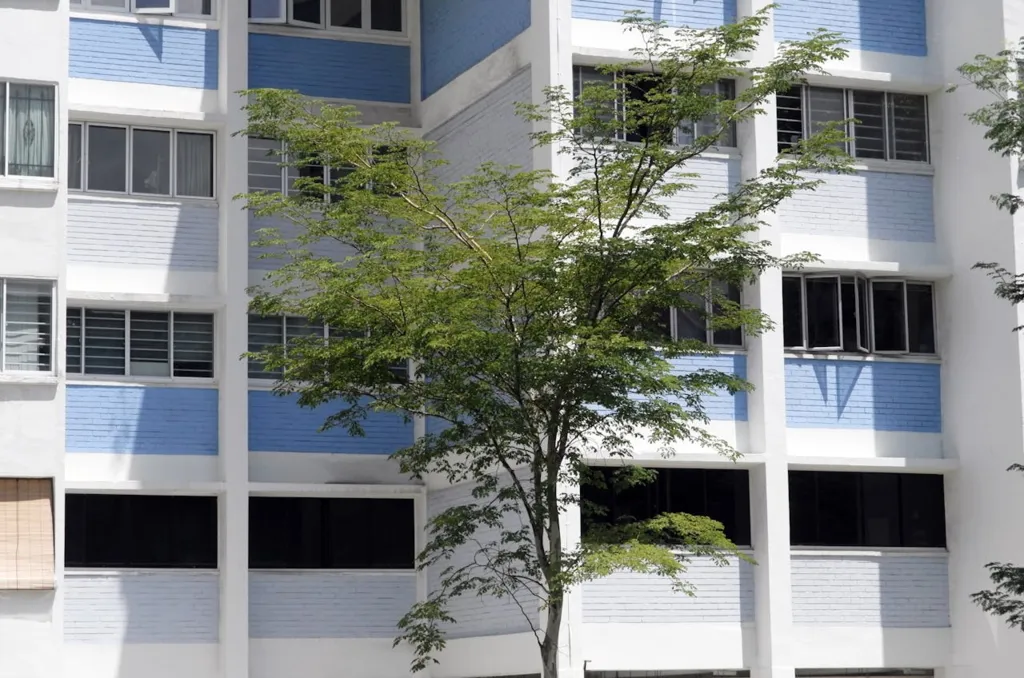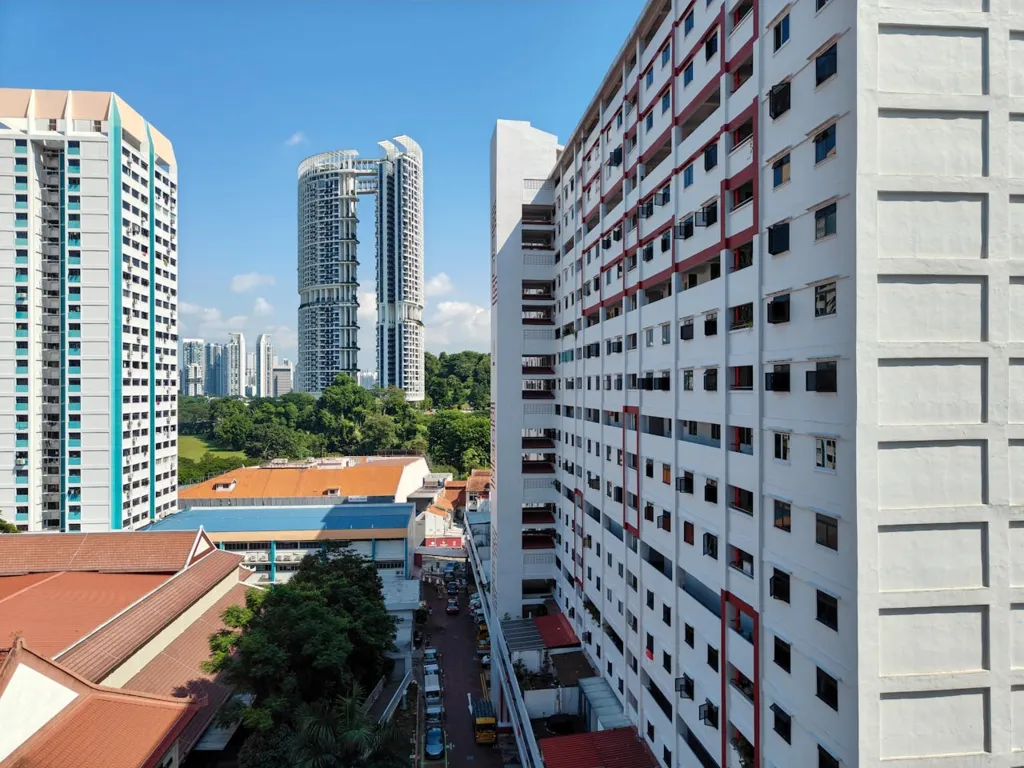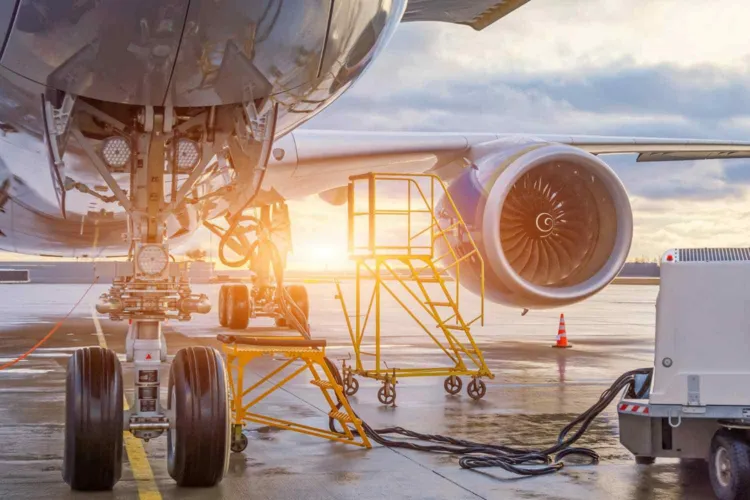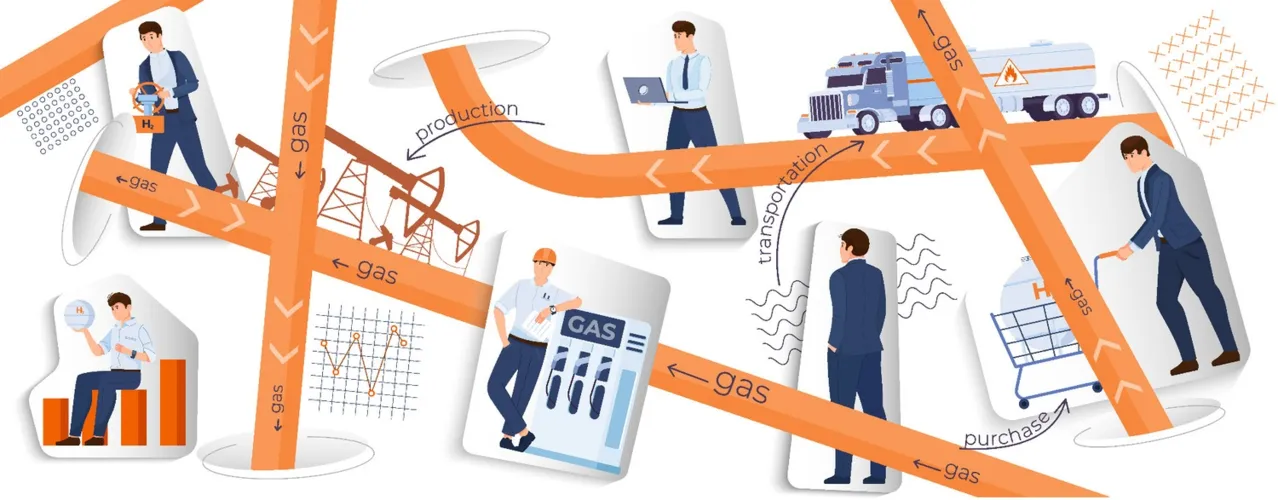Scope of the Partnership: What’s Being Deployed
- In June 2025, Singapore’s Ministry of Transport (MOT) and WeRide formalised plans to deploy autonomous vehicles (AVs) in public housing estates by end 2025. Initial rollout will start in Punggol, then expand to Tengah, the latter being a newly developed “car lite” town.
- As part of the Ai.R (Autonomously Intelligent Rides) service, Grab, in partnership with WeRide, will operate two fixed routes in Punggol using a fleet of 11 autonomous vehicles — 10 five seater GXR Robotaxi models and 1 eight seater Robobus.
- These AVs have passed Singapore’s Milestone 1 (M1) safety assessment, confirming they can drive on public roads in autonomous mode under existing rules.
Integration into Public Housing Environments
- The routes in Punggol are designed to link housing blocks, community amenities, transit nodes, clinics, and markets — improving last mile connectivity in dense residential areas. For example, one route connects Punggol Matilda Court → Punggol Plaza → Oasis Terraces → Punggol Interchange.
- Before opening to passengers, the AVs will go through a route familiarisation phase, deploying the vehicles along the selected routes for 1–2 months (no passengers) with onboard safety operators to validate behavior at traffic lights, pedestrian crossings, etc.
- The public housing design in Tengah includes elements favourable for AV integration: designated pick up/drop off zones, road design that supports smoother navigation, and infrastructure planning for future mobility services.
Expected Benefits: Last Mile Transport & Elderly Mobility
- Accessibility: By connecting more blocks to feeder routes and transit nodes, AV services will reduce walking distance/time, which is especially helpful for elderly or mobility limited residents.
- Frequency & Flexibility: With 11 vehicles on two routes, service intervals can be tighter, including during off peak hours, which traditionally see fewer transport options.
- Labour Relief: Singapore faces manpower constraints for late night bus services and feeder services; AVs help reduce dependency on human drivers for parts of the system.
- Safety and Predictability: These AVs use LiDAR, cameras, and sensors capable of detecting objects up to ~200 meters, even in heavy rain. This, plus compliance with rules (e.g. signal adherence, safe lane changes), aims to reduce human error.
Data & Safety Oversight
- Certification: The AVs (GXR and Robobus) have passed Milestone 1 (M1) for safety.
- On board safety operators: Initially, every Ai.R ride will have a trained safety operator from Grab (private hire / taxi driver partners) onboard. Training began in August 2025 via GrabAcademy + WeRide.
- Insurance & passenger safety: All AV rides under Ai.R will have personal accident insurance, and a dedicated customer support line will be available during operations.
- Regulatory compliance: The Land Transport Authority (LTA) is overseeing the deployment, ensuring safety assessments, route familiarisation, and regulatory approvals are met.
Could This Pilot Be a Blueprint for Broader AV Roll Out?
- Scale potential: With rollouts beginning in Punggol, expansion planned to Tengah, over 100–150 AV units are expected in operation by end 2026 across public housing zones.
- Public acceptance & trust building: Free trial rides, familiarisation periods, safety operator oversight are part of building user confidence.
- Regulatory & technical readiness: Singapore has already awarded M1 licences, has test centres like CETRAN for route calibration, and has clear vehicle standards.
- Model applicability for ASEAN: Dense housing estates, ageing populations, rising transport costs are common in many ASEAN cities. Lessons from Punggol + Tengah AV deployment can inform rollout in Malaysia, Thailand, Indonesia, Vietnam etc.
Final Take
WeRide Autonomous Vehicles Singapore partnership (with MOT, LTA, Grab) for public housing estates represents a concrete step toward integrating AVs into everyday public transport. With precision in safety oversight, route design, and community alignment, this pilot not only promises improved access and mobility, especially for elderly residents, but can also lay the framework for widespread autonomous mobility adoption in Singapore—and possibly across ASEAN.
Partner with Eurogroup Consulting SEA
We help governments, mobility operators, transport planners, and communities design, test, and scale autonomous vehicle solutions. From policy and safety framework design to public housing route integration and stakeholder engagement, we deliver strategies that accelerate adoption responsibly. Contact us to explore how WeRide’s deployment can inform your city’s mobility future.
FAQs
Q1: What does Milestone 1 (M1) certification mean?
It is a safety assessment by authorities confirming that an AV can operate safely on public roads—with all necessary sensors, control systems, and fail safes—under Singapore’s traffic laws. The WeRide GXRs and Robobus used in Punggol have passed this.
Q2: When will regular passengers be allowed to ride Ai.R AVs?
Route familiarisation and safety operator phases start by Q4 2025. By early 2026, the first batch of passengers will be invited on fixed routes.
Q3: What benefits will elderly residents see?
Reduced walking distances to transit/interchange, more frequent service, ability to travel during off peak and nighttime hours, and improved safety via specially designed AV features.
Q4: How will data and safety be managed?
Onboard safety operators initially; LTA’s oversight; insurance coverage; data from sensors and vehicle logs will feed into regulatory assessment and continuous improvement.









